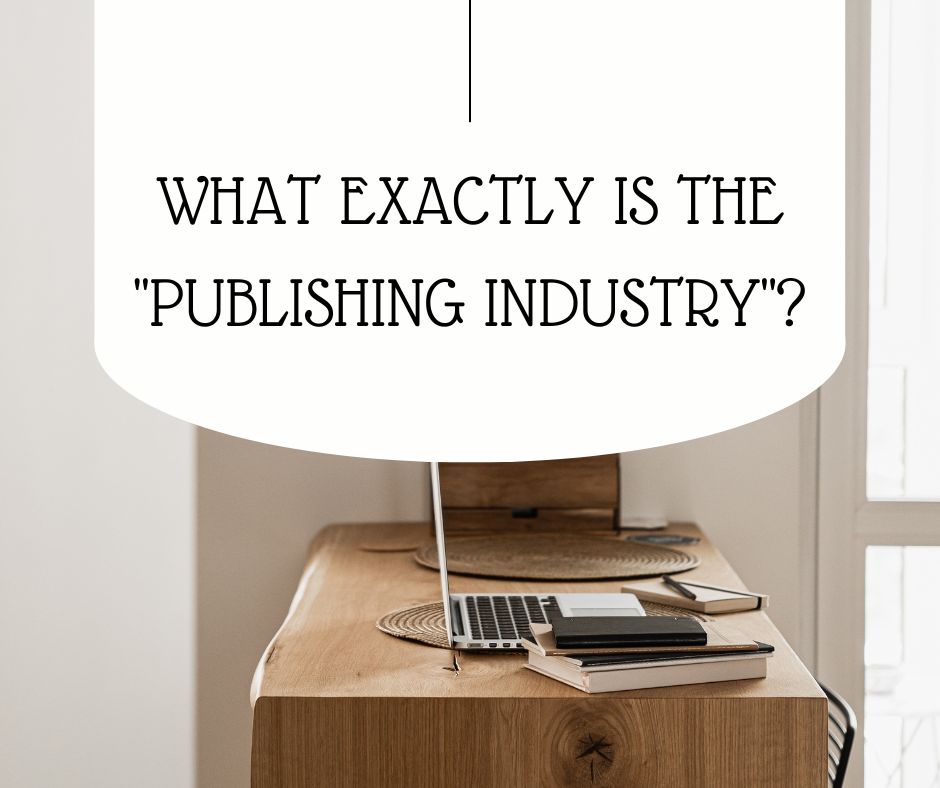Since the dawn of the digital age, the publishing process has seen a steady decline in complexity. However, with new publishing technologies, authors can now self-publish their works in various formats, making the process more accessible. Authors no longer need to rely on traditional gatekeepers such as editors and publishers to get their work distributed worldwide.
This is made possible by advances in technology. However, along with this improved ease of access also comes an increased degree of competition from other writers who want to get their work into the hands of readers. This higher level of competition may make it more challenging to get your work read.
Self-Publishing
When a writer releases their own book without the assistance of a conventional publishing business, they engage in self-publishing. This means the author is entitled to keep all the money made or lost due to their work.
Although this technique has been in use for many years, it has only very lately evolved into a business worth multiple billions of dollars. Now more than ever, authors have the opportunity to realize their wildest expectations regarding the publication and distribution of their works.
Traditional Publishing
The publishing industry as it exists today is characterized more by individual transactions than collaborative efforts. The intelligent writer will give the contract much thought and ensure they understand their rights and the benefits they are due.
The first step in the traditional publication process is to send a finalized manuscript and a business plan to a publishing house. Someone at the publishing house reads it and decides whether or not it will be printed. An editor who is interested in a manuscript may submit a request for the document to be revised.
If a publishing house agrees to publish your novel, they will give you a payment that is an advance on future revenues. The design of the book, as well as its packaging, printing, promotion, and distribution, are all handled by the publishing business.
In “conventional” publishing, the publisher is the one that pays for everything, including the script and the shelves, in addition to providing an advance against the anticipated earnings.
It is necessary to analyze any contracts that contain fees or chargebacks that have the potential to reduce royalties. In addition to this, they make use of standard licensing rates and are extensively circulated. Most traditional publishing houses hire salespeople from within or outside the company to sell their books.
Here is a summary of everything you need to know to understand what is going on in the publishing industry.
The publishing industry as we know it is undergoing substantial change as an increasing number of authors prefers to publish their works on their own rather than going through a conventional publisher or agent to do so.
This shift is causing the industry to adapt in fundamental ways. This is a welcome change for authors since they have been attempting to break into a market that was previously off-limits to them in many different ways.
This change has made that market much more accessible. Some very obvious downsides come with this change in how books are published. This is a drawback to the new method of book publishing. This is something that needs to be kept in mind at all times.




